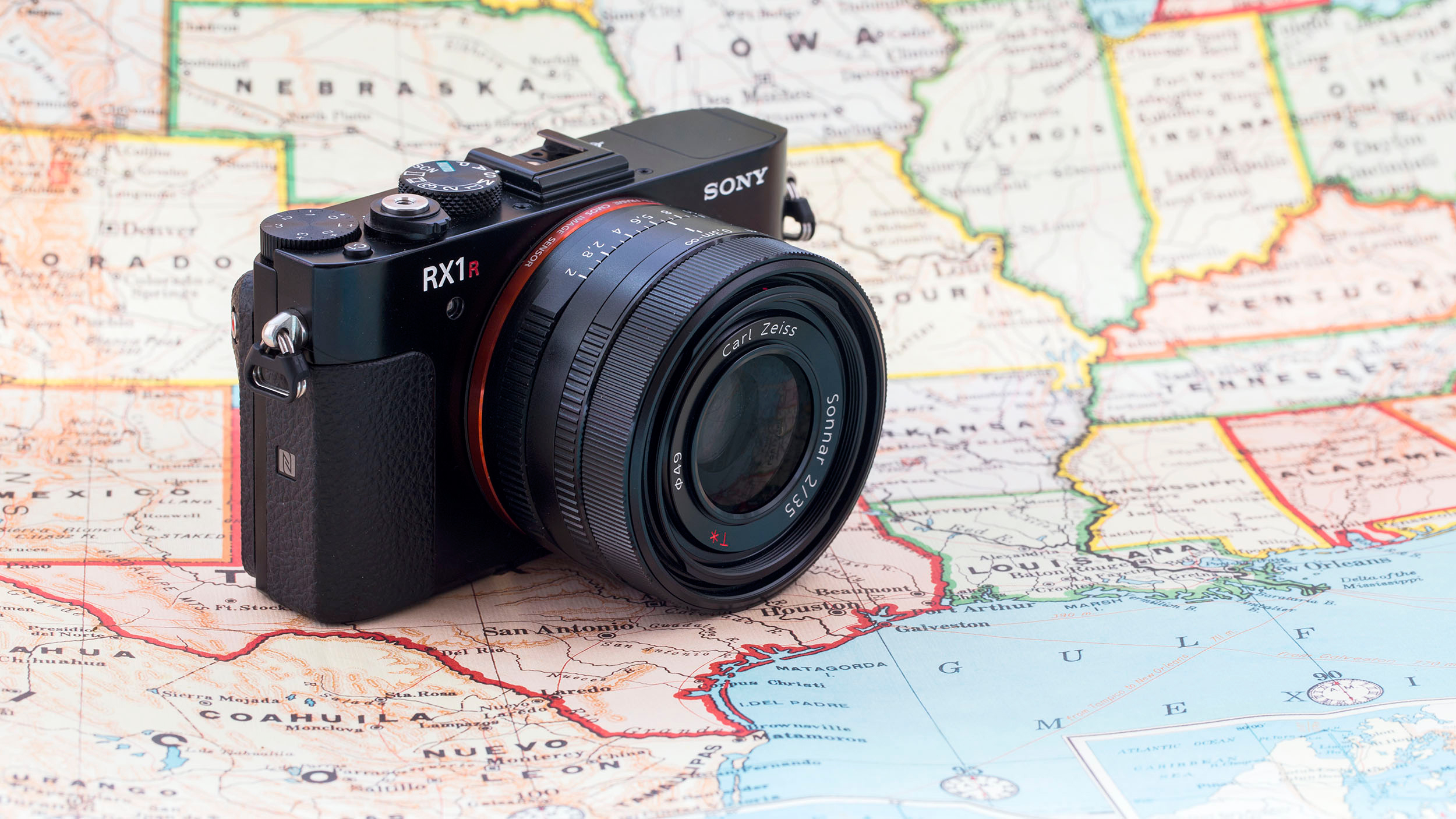Why you can trust TechRadar
The RX1R II, like the cameras which preceded it, has a very high quality look and feel, with a solid weightiness that adds to that impression.
On the front, the chunky lens looks and feels a little like it should be detachable, but of course it's not. It's unlikely you'll be able to fit this camera in a tight pocket, but you may have a little more luck with a looser jacket pocket – that is, if you feel comfortable with putting a high cost item like this into your pocket at all.
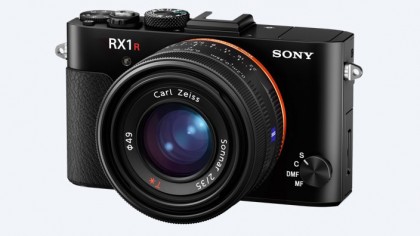
Although there's no protruding grip on the front of the camera, there is a leather coating which helps to make it feel quite secure, with a rest on the back for your thumb to sit.
Traditional photographers who appreciate an array of dials and buttons will like the RX1R II. As the screen is not touch sensitive, each control must be adjusted physically. There are three rings around the camera's lens. At the base of the lens there's an aperture ring, with another ring for switching to macro focusing mode, and a final ring for focusing manually. Each of the lens rings is ridged, but only the aperture ring physically clicks when making adjustments. Sony's RX10 II bridge camera allows you to switch the aperture ring to a smooth movement. That's not available here with the RX1R II, but the RX10 II is geared more towards videographers who have more need for a silent aperture ring.
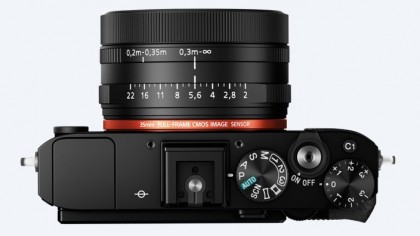
While it's great to have a traditional style aperture ring, it's perhaps a little awkwardly placed being so close to the body of the camera – certainly if you have larger hands you may find it a little clumsy to use.
All of the other buttons and dials on the RX1R II are grouped towards the right hand side of the camera meaning you can reach them all easily with your thumb. That includes an exposure compensation dial which has just the right amount of stiffness to stop you accidentally pushing it too far.
As with several other Sony cameras, the RX1R II gives you the option to customise its buttons. Not only are there dedicated 'custom' buttons (one on the top of the camera, another on the back), it's also possible to assign various functions to the directional keys, the centre key, the AEL button and the control wheel. Options include White Balance, ISO, OLPF Effect and more. Although you can't customise the dials on the front of the camera, which seems a bit of a shame, there's a good degree of customisation elsewhere so you can set up the camera to suit your preferences.
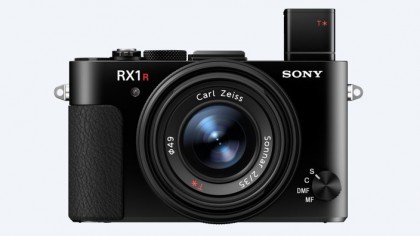
Most experienced enthusiasts will be used to using a viewfinder, with many preferring it to composing using a rear screen. The addition of the retracting 0.39-inch 2,359,296-dot OLED XGA Tru-Finder to the RX1R II is a great new feature, especially when it's as enjoyable to use as this one. It gives you a great, clear view of the scene, with 0.74x magnification and very little noticeable lag. There's also an eye sensor which automatically detects when you have lifted the camera to your eye for a fluid transition and, unlike the pop-up viewfinder on the Sony RX100 IV, releasing it from the camera body is a quick, one-step process. For me, the viewfinder elevates the seriousness of the camera. There's also the added bonus that the camera tends to be better stabilised when it's held to your face/eye.
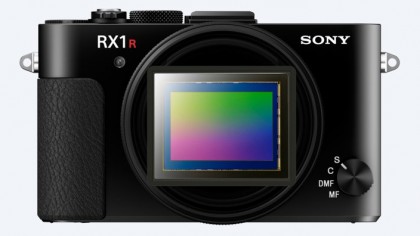
Once you've used a few cameras which have a touch sensitive screen – particularly mirrorless models which are essentially always shooting in live view – having to use buttons to set the autofocus point seems infuriatingly slow. That's especially true when you're trying to react to quickly unfolding action. As with this camera's predecessor, to set the AF point, first you press the navipad's central button, then you scroll to the point you need. With 399 to choose from, this can take 2-3 seconds, so generally I found I used the focus-and-recompose technique instead for the majority of shots. Sony seems to believe that high-spending camera enthusiasts don't want touch sensitive screens. Whether or not that's true is subject to debate, but the ability to switch off touch sensitivity if you didn't want it would seem like a sensible way to please everybody.
Amy has been writing about cameras, photography and associated tech since 2009. Amy was once part of the photography testing team for Future Publishing working across TechRadar, Digital Camera, PhotoPlus, N Photo and Photography Week. For her photography, she has won awards and has been exhibited. She often partakes in unusual projects - including one intense year where she used a different camera every single day. Amy is currently the Features Editor at Amateur Photographer magazine, and in her increasingly little spare time works across a number of high-profile publications including Wired, Stuff, Digital Camera World, Expert Reviews, and just a little off-tangent, PetsRadar.
